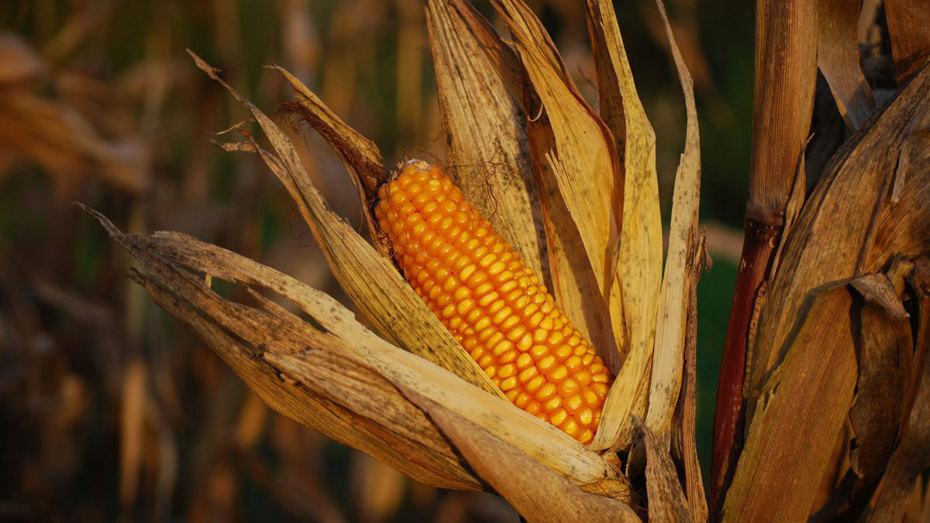Bourbon, with its rich history and distinct flavors, is one of America's most beloved spirits. While many enjoy savoring its smooth taste, few may be aware of the crucial role played by the mash bill, the blend of grains used in its production. Understanding the mash bill is essential to unraveling the unique characteristics and flavors found in various bourbons. In this article, we delve into the fascinating world of bourbon mash bills, exploring the different ingredients that contribute to the complexity and diversity of this iconic spirit.
Ingredients
- Corn: The Sweet Foundation
At the heart of every bourbon mash bill is corn, which must constitute a minimum of 51% of the grain mixture. Corn brings a natural sweetness and richness to the bourbon, creating a smooth and mellow base. The varying percentages of corn in different mash bills greatly influence the flavor profile. Higher corn content often results in sweeter and smoother bourbons, while lower percentages lend themselves to more robust and complex flavor profiles. - Rye: The Spicy Complexity
Rye is a secondary grain used in bourbon mash bills and contributes to the overall flavor profile. It adds a spicy, peppery note, enhancing the complexity of the bourbon. Mash bills with a higher rye content tend to have a drier, spicier character with hints of pepper and cloves. Rye-forward bourbons often exhibit a bold and robust flavor profile, appealing to those who appreciate a bit of bite in their spirits. - Malted Barley: The Enzymatic Catalyst
Malted barley is a crucial component of bourbon mash bills, but it is used in relatively small quantities. Its primary function is to provide the enzymes necessary for the fermentation process. Barley contains amylase enzymes that convert starches into fermentable sugars, which yeast then consume to produce alcohol. Beyond its enzymatic role, malted barley contributes subtle flavors and adds a smoothness to the final product. - Wheat: The Softening Influence
Wheat is an alternative grain to rye in bourbon mash bills, and its inclusion imparts a softer and smoother mouthfeel. Wheat-forward mash bills often result in sweeter and more delicate bourbons with a creamy texture. These bourbons are known for their approachability and are favored by those who prefer a gentle and less spicy profile. - Specialty Grains: Exploring Unique Mash Bills
In addition to the core grains of corn, rye, malted barley, and wheat, some distillers experiment with specialty grains to craft unique mash bills. These can include grains like oats, spelt, triticale, or even unusual varieties of corn. The addition of specialty grains introduces distinct flavors and textures, allowing distillers to create one-of-a-kind bourbons that cater to specific palates and preferences.
Conclusion
Bourbon mash bills play a pivotal role in defining the character and flavor profiles of this beloved American spirit. By understanding the different ingredients that make up a bourbon mash bill, enthusiasts can appreciate the nuances and complexities of their favorite bourbons. Whether it's the sweetness of corn, the spiciness of rye, or the softness of wheat, each grain contributes to the harmonious symphony of flavors found in this iconic spirit. So, the next time you pour yourself a glass of bourbon, take a moment to appreciate the artistry and craftsmanship behind the carefully chosen mash bill that makes it truly unique. Cheers!

